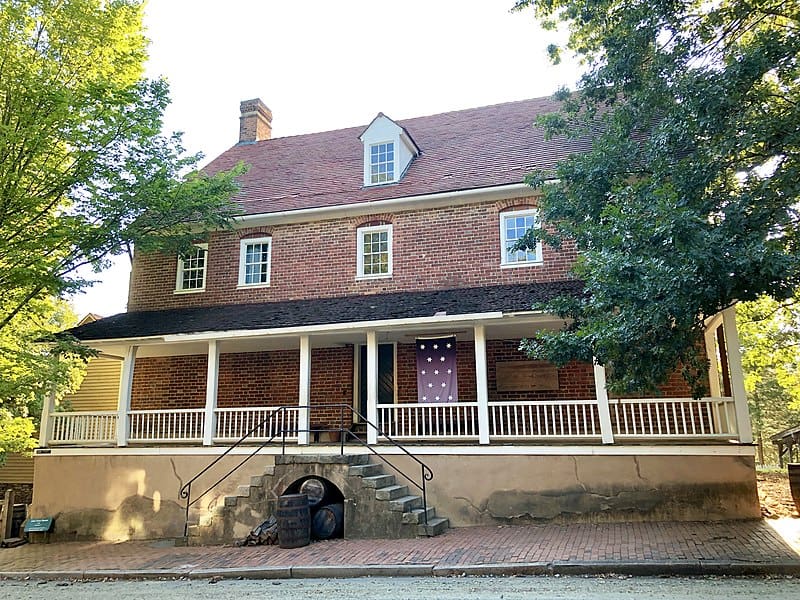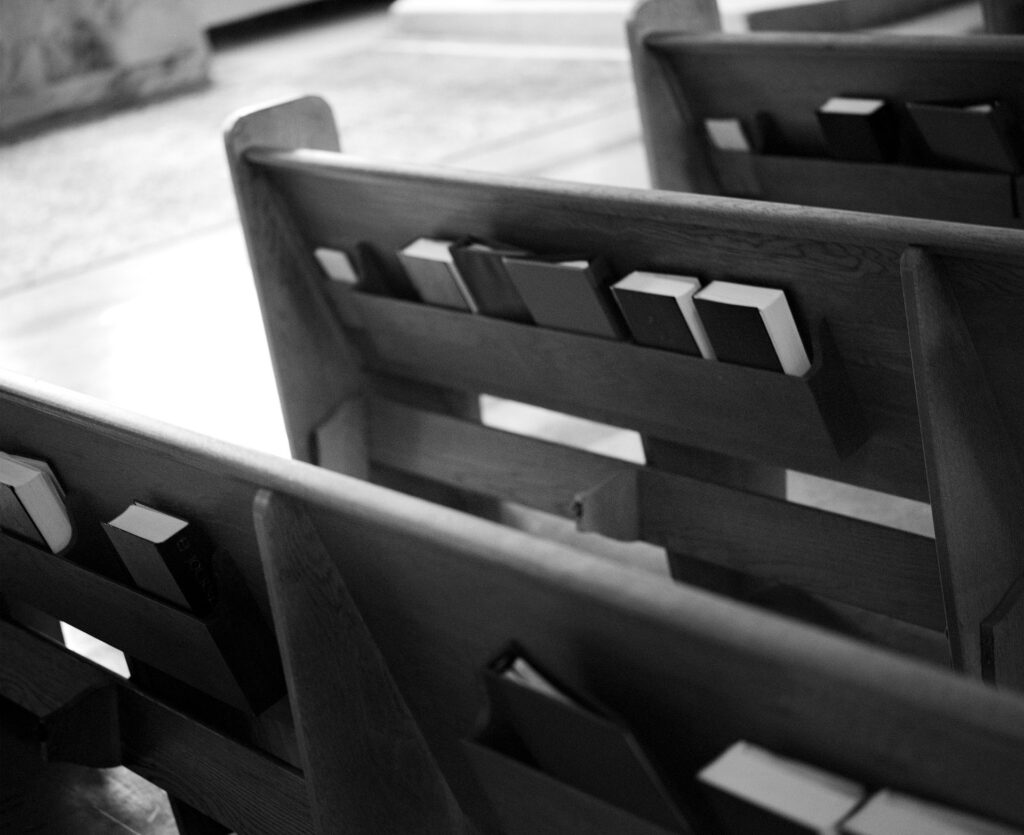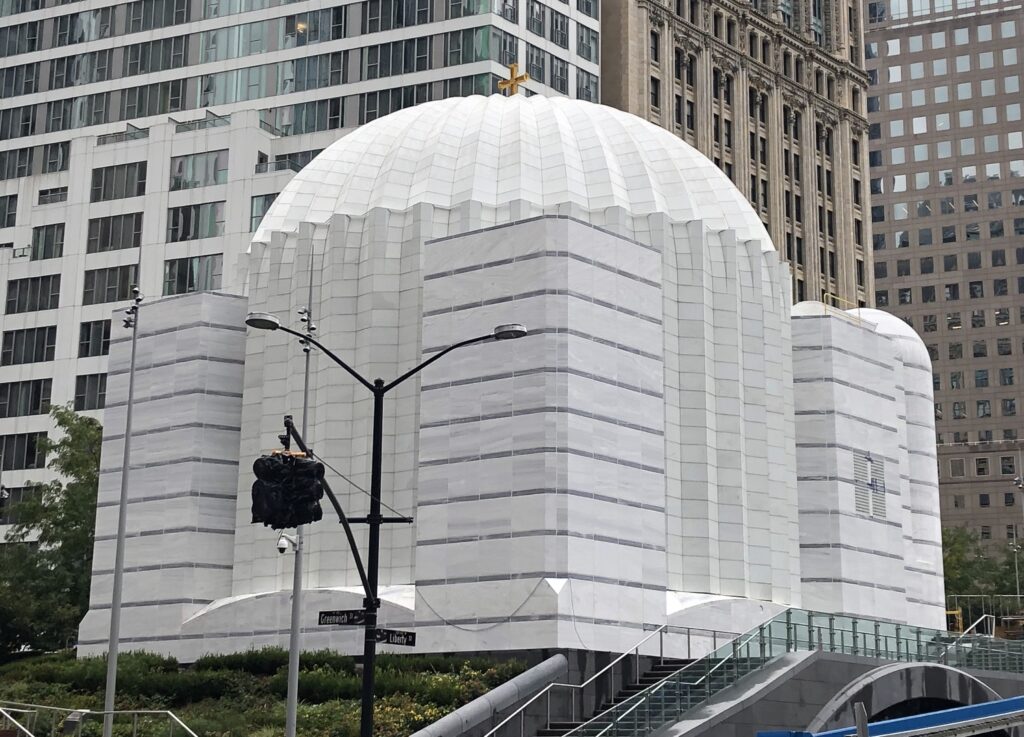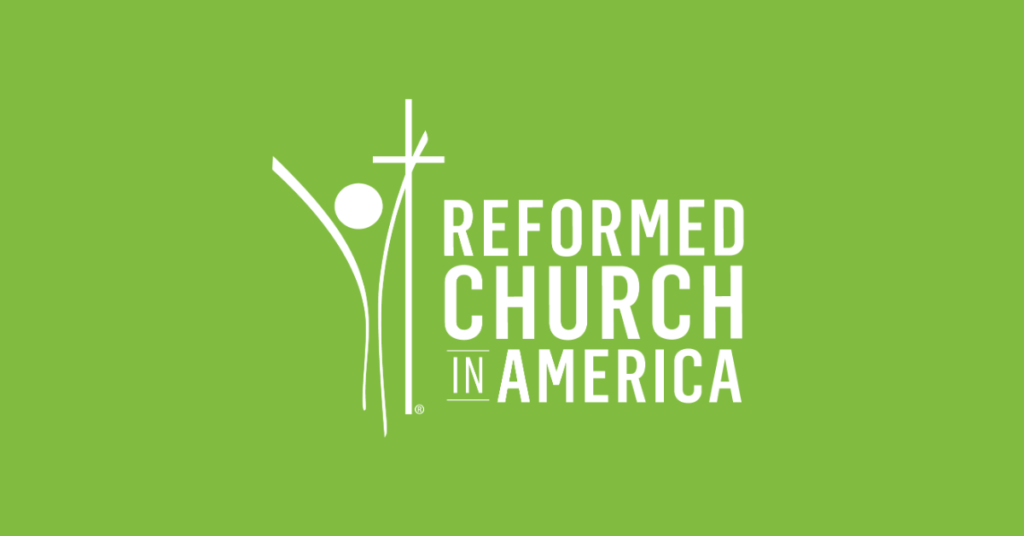Members of the Moravian Church in America are addressing their denomination’s past involvement with the slave trade by offering a tour known as the Salem Walk in Winston-Salem, N.C.
A pre-Reformation church that traces its origins to Bohemia, the Moravians — officially known as the Unitas Fratrum — founded significant colonies in the Americas during the 1700s, including the area that now encapsulates Winston-Salem. They were the first major Protestant church to send out hundreds of missionaries and were the first to minister to enslaved people.
Moravians were initially forbidden from owning slaves as individuals, but the church’s Wachovia Administration created a significant wrinkle in that stance when it purchased enslaved people and allowed members to rent them. In Salem, pressure against the Administration resulted in the final lifting of restrictions against owning humans in 1847.
In an effort to address that history, Moravians have developed the Salem Walk, which is distinct from the Old Salem tour that looks at other historic sites in the area. The Salem Walk focuses on the church’s and its members’ involvement in the slave trade and racism during its earliest years in North America. The MCA’s news service says that the tour, “is an attempt to put ourselves in physical and historical proximity to the enslaved Africans and their children who lived and worked in Salem between 1771 and 1865. It is an attempt to acknowledge our past, historically and spiritually, as Moravian Christians.”
Step by step, Salem Walk participants walk through or cast their eyes toward the places where enslaved Black individuals worked, lived, and were buried. After a brief introduction, participants join one of three groups. Each group is led by a trained narrator who shares the unique story of either Abraham (Sambo), Catherina (Cathy), or Phoebe. These enslaved people did not come to Salem by choice, but each became an integral part of the community. They participated and contributed with their labor and their lives. They worshiped, ate, slept, lived, died, and were buried in Salem. Where and how they lived, worked, and were buried tells us much about the community. The three small groups hear those stories as they walk through Salem, learning and reflecting, before gathering once again as a whole for conversation and a worship service of confession, repentance and supplication.
The Moravian Church in America is divided into northern and southern provinces, and the Southern Province Moravian Team for Racial, Cultural and Ethnic Reconciliation helped develop the narratives through research that included carefully combing published materials, private records, and consulting with a Moravian history expert.
As people take the tour, they are encouraged to consider what they see that Moravians of the past did not see, and to consider the kinds of injustices they might be blind to in the present. MCA continues:
Since August 2021, more than 115 people (mostly Moravians) have participated in a Salem Walk. Reactions have been thoughtful and encouraging. Some have commented on the emotional impact of walking through the sites as the stories are told. Others are moved by the powerful liturgy shared at the closing worship service. Many have pointed out that the history told at Salem Walk is notably different from the Old Salem story most local Moravians grew up hearing. There is often a consensus that confronting complex history is compelling and painful, but most participants seem to agree that honest storytelling and time for reflection can help make such confrontations meaningful and purposeful.
And so, step by step, we confront our Moravian history. We search ourselves. We pray that we may “match our fine statements with worthy deeds.”
Read the entire story here.
Image: Old Salem Tavern in Winston-Salem, N.C. (WARREN LeMAY/Wikimedia)







